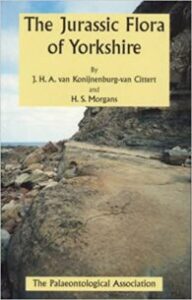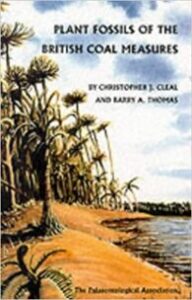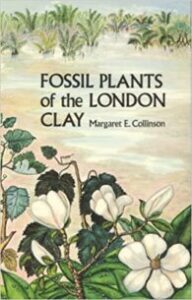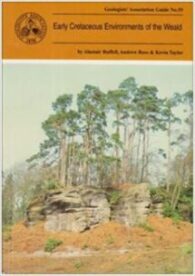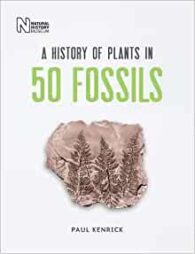This is a lovely little book – the sort I would want to write. It is beautifully illustrated and well researched, with more than 200 glossy photographs and always interesting comments on the subject matters it touches upon. In short, it is a delight.




